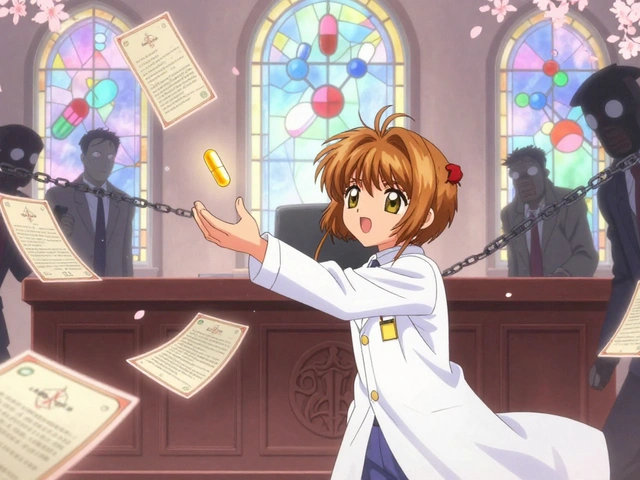Cholesterol treatment: practical steps that actually help
High cholesterol raises your risk for heart attack and stroke, but you don’t need to feel confused about what to do next. Treatment usually mixes medicine with lifestyle changes. Which one comes first depends on your overall risk, your LDL number, and any existing heart disease.
Common medicines and what they do
Statins are the go-to drugs. They lower LDL (the “bad” cholesterol) and cut the chance of heart attacks. If you have known heart disease, diabetes with risk factors, or LDL above 190 mg/dL, doctors often start a statin right away.
If statins aren’t enough or you can’t take them, there are solid alternatives: ezetimibe reduces cholesterol absorption in the gut and is often added to statins; PCSK9 inhibitors are injectable drugs that dramatically lower LDL and suit people with very high levels or genetic conditions; bile acid sequestrants and fibrates help in specific situations; purified omega-3 (icosapent ethyl) may benefit certain patients with high triglycerides.
Sometimes doctors combine drugs to reach target LDL. Your treatment plan should match your risk level and any side effects you have.
Lifestyle and simple daily choices
Medicine helps, but daily habits matter a lot. Aim for a Mediterranean-style plate: vegetables, whole grains, beans, fish, nuts, and olive oil. Cut back on processed foods, trans fats, and sugary drinks. Losing even 5–10% of body weight can improve cholesterol and blood pressure.
Exercise helps too. Try 150 minutes a week of moderate activity—walking, cycling, or swimming. Smoking raises heart risk independently of cholesterol, so quitting makes a big difference. Limit alcohol, as it can raise triglycerides.
Monitoring is straightforward: repeat lipid panels as your doctor recommends—often 4–12 weeks after a med change, then every 3–12 months. Statins can affect liver tests in rare cases, so clinicians may check liver enzymes at the start and if symptoms appear. Report any new muscle pain or weakness right away; that’s the most common statin-related complaint.
Who should see a specialist? If your LDL is very high despite treatment, if you have a strong family history of early heart disease, or if you have unusual side effects, ask for a lipid specialist or cardiology referral. Genetic conditions like familial hypercholesterolemia need different follow-up and sometimes earlier aggressive treatment.
Want a practical next move? Get a current lipid panel and calculate your 10-year heart risk with your clinician. If you already take a statin, stick with it unless a doctor advises otherwise. Small habits plus the right medication often cut your risk more than you’d expect—and you’ll feel better knowing you took control.
The Future of Cholesterol Treatment: What's Next for Pitavastatin?
Hold onto your hats, folks, because the world of cholesterol treatment is about to get a bit more exciting! Pitavastatin, our adorable cholesterol-fighting hero, is gearing up to flex its muscles in the future. We might see our buddy Pitavastatin in newer, stronger, and more effective forms. Imagine taking just one pill that works like a superhero, fighting off those naughty cholesterol particles. So, keep the popcorn ready, as the future of cholesterol treatment, starring Pitavastatin, is promising to be an absolute blockbuster!






